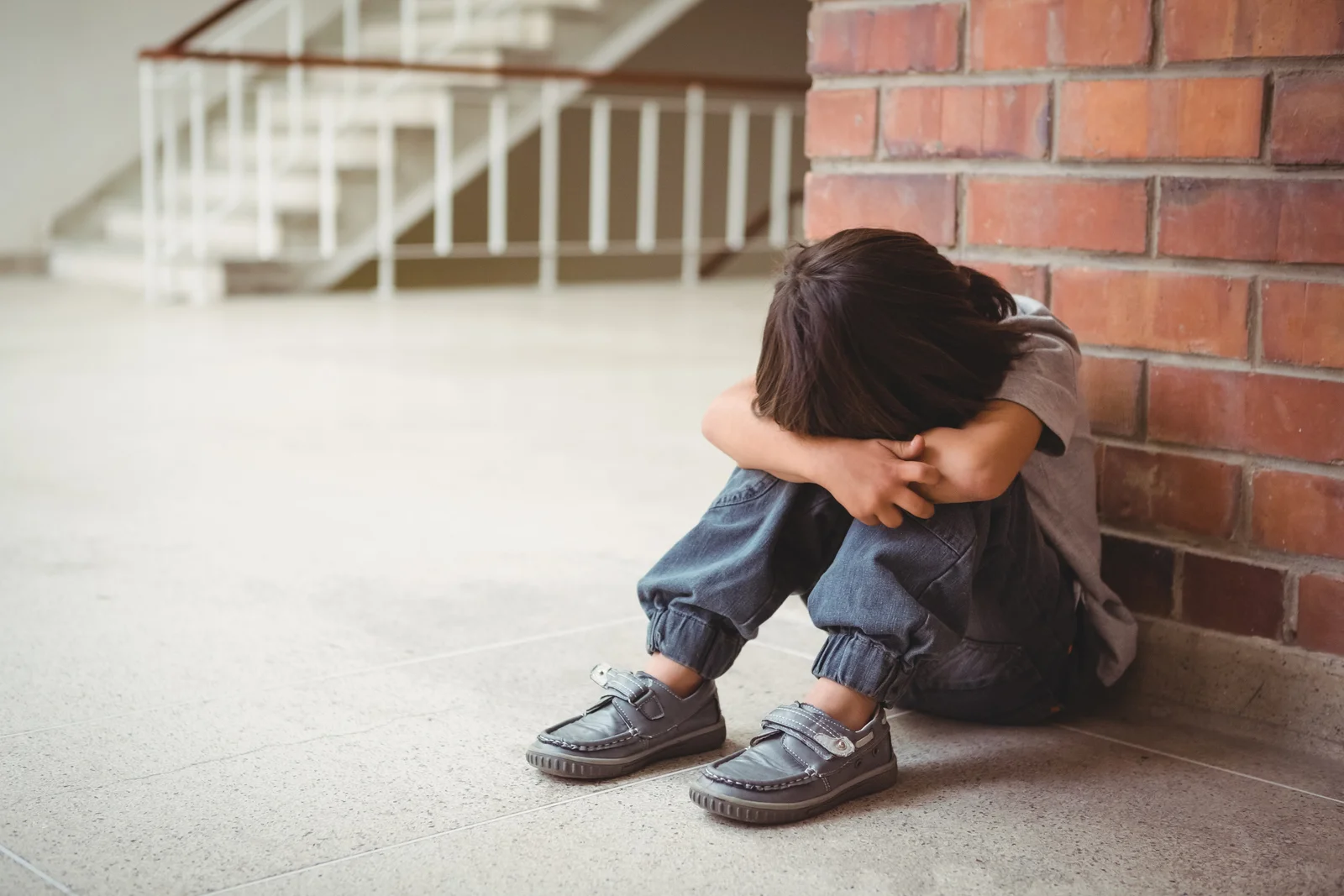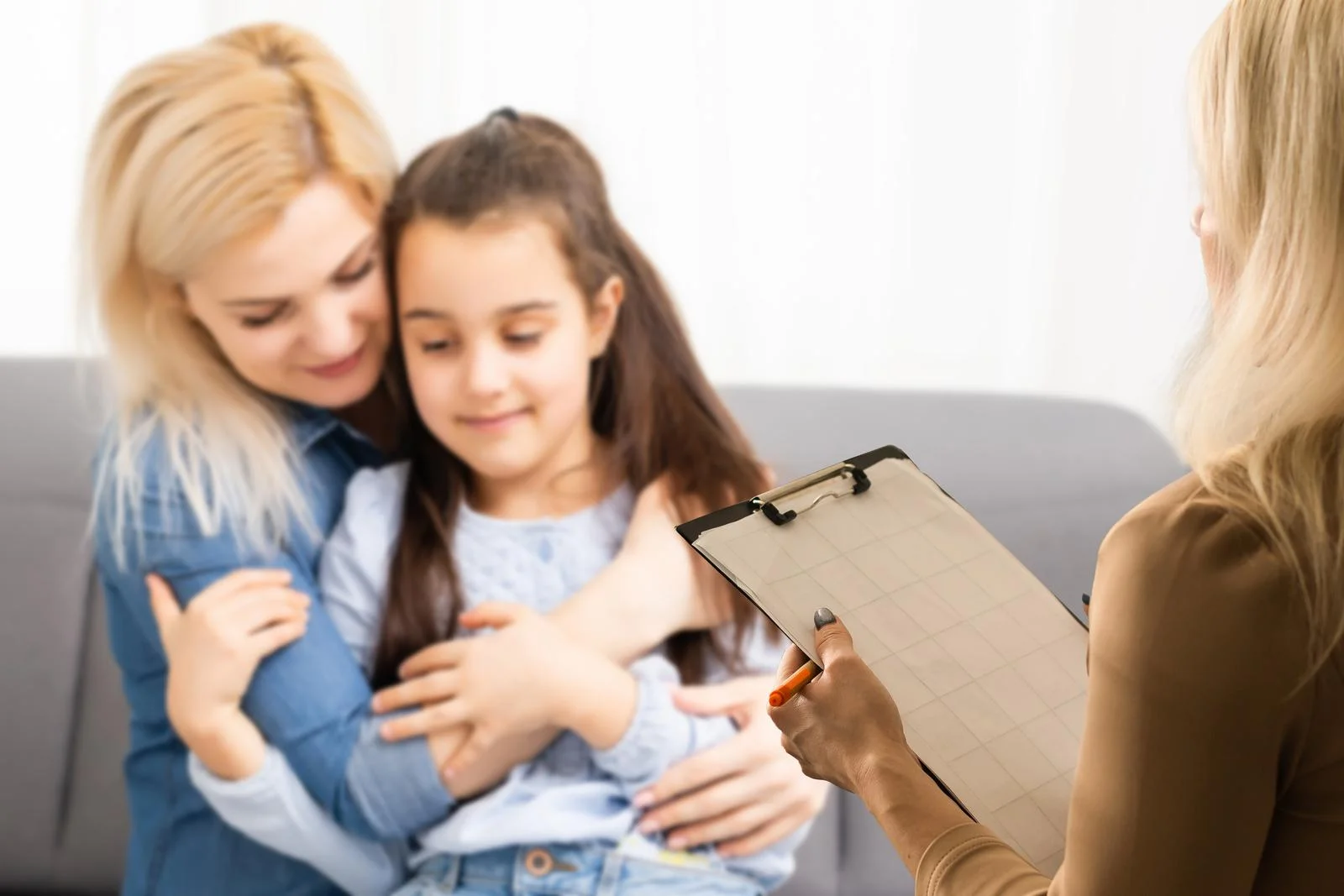This article will inform parents about the signs and symptoms of Obsessive-Compulsive Disorder (OCD) in children and provide guidance on what to look out for if they suspect their child may be experiencing this condition.
Introduction
OCD in children is a mental health disorder, and it’s important to recognize the early signs to ensure timely intervention and support for any affected children. This includes knowing the signs of OCD in children, differentiating that type of behavior from typical behavior given the age of your child, and figuring out how best to support your child in need.

Understanding OCD in Children
Obsessive-compulsive disorder is a mental health disorder that can take place at any age. It involves obsessions or intrusive thoughts and/or compulsions or habitual actions.
-What Is Childhood OCD?
Childhood obsessive-compulsive disorder is when OCD symptoms begin early in childhood or adolescence. While many people think of OCD as a common adult Affliction, it impairs the quality of life of young people, especially when it is not properly diagnosed. It is not uncommon for people who have OCD in adulthood to have struggled with OCD symptoms in childhood that went untreated. Thankfully, if your child is showing signs and symptoms of OCD, things like behavioral therapy and medication are highly effective forms of treatment.
-The Prevalence of OCD in Children
Studies indicate that OCD children prevalence is between 1% and 3% of the population.
Moreover, of those who have OCD as a child, nearly 20% have symptoms that manifest at age ten or sooner.
Recognizing Signs and Symptoms
As mentioned, obsessive-compulsive disorder manifests in the form of obsessions and/or compulsions. Recognizing the signs and symptoms in your child can ensure that you get them the right help at the right time.
-Common OCD Symptoms in Children
Obsessions are intrusive or unwanted thoughts and images that can take place outside of a child’s control. These can cause a great deal of anxiety and distress for a child, and while they might look different from one child to the next, common obsessions include the following:
- Concerns about germs or getting sick
- Severe worry that they are doing things wrong or that bad things are happening to them
- An extreme feeling that everything has to be precise
- Disturbing or unwanted images and thoughts about hurting others
Compulsions are physical activities that children believe they have to do in order to get rid of their obsessions. Sometimes, children think that engaging in their rituals or compulsions prevents bad things from taking place or prevents the obsessions from coming back. There are several types of compulsions, but some common examples among children include the following:
- Placing things in a specific order all the time
- Frequently apologizing or confessing to things
- Mental compulsions like mentally reviewing things or praying habitually
- Excessively checking things, like that their bedroom lights are off
- Excessively washing themselves or cleaning their room/backpack/
- Saying words or numbers they believe are lucky over and over
- Always seeking reassurance
With OCD, children must exhibit obsessions and compulsions over the course of several weeks or months. In order to receive a diagnosis, these obsessions and compulsions have to be so time-consuming that they interfere with your child’s ability to get through daily functions like taking care of themselves, having friends, or going to school.
OCD symptoms in children are most likely to manifest in one of two time frames:
- In most cases, OCD symptoms in children manifest between the ages of 8 and 12 OR between late teens and early adulthood.
Note: In rare situations, symptoms develop rapidly, with a sudden appearance of severe anxiety and behavioral changes. This can be a subtype of OCD in children called PANS or PANDAS. If you notice symptoms happening seemingly overnight, reach out to a physician immediately.
-Age-Appropriate OCD Behaviors
Some of the common signs of OCD in children might simply be age-appropriate behaviors like fear of dirt or germs at a young age or the need for precision and symmetry as a child transitions into a new school and wants to have better control over their home environment.
As a parent, you will have to monitor these types of age-appropriate behaviors and compare them to OCD symptoms in children to determine whether the symptoms are severe enough that they interfere with daily function. A child who wants to keep their room organized now that they are no longer sharing with a messy younger sibling does not necessarily have OCD, but when that same child is unable to get themselves ready for school or complete their homework because they are obsessively organizing everything in their room with a ruler and removing any speck of dust, and this behavior continues for several weeks without stopping, then it might be time to consider treatment.

Seeking Professional Help and Support
If your child exhibits signs of OCD, and they are affecting your child’s ability to function, causing significant distress, and impeding their daily life, it might be time to consult a mental health professional.
When working with a mental health professional, parents can learn ways that they can best support their child at home.
Fear hierarchy
One technique is called the fear hierarchy, where a child works with their parents and their therapist to collaboratively identify the situations that cause fear or anxiety in a child and give them a rating on a scale of 0 to 10 in terms of how fearful they make the child.
For example:
- Your child might be terrified of contamination, and when they are, you can ask them to give that fear a rating on a scale of 0 to 10 and then work to slowly decrease the anxiety surrounding that fear of contamination. This might be things like touching the doorknob and abstaining from washing hands or holding dirty kitchen towels for a few seconds before putting them in the laundry. All of these small steps help to build toward higher level anxiety, things like touching garbage or playing on a playground.
This type of technique teaches children that the things they fear– getting extremely sick or being contaminated if they don’t wash their hands immediately after touching a doorknob– will not actually come to pass. This encourages your child to tolerate discomfort.
Homework
If you seek professional help and support, one of the main forms of therapy is cognitive behavioral therapy. With this, there are several homework assignments that a child has to do regularly. These homework assignments are things that help children face their fears in different settings, and they involve a great deal of family support. Your therapist will work with you and your child to help you offer reassurance and support them with their homework.
Summing up
Parents should remain vigilant about recognizing OCD symptoms in children. When OCD is differentiated from regular behavior, parents should seek professional help if necessary and provide unwavering support to help their child cope with OCD and lead a fulfilling life.



